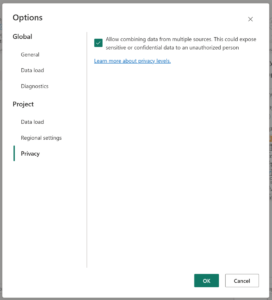Power Query’s RowExpression.From/ItemExpression.From function (both names reference the same underlying function) provides a way to learn about what a single-parameter function does by outputting an abstract syntax tree (AST) describing it.
Why might you want to use a programmatic structure like an AST to analyze the logic of a function’s body instead of simply invoking the function?
Well, one reason may be that you are implementing query folding in a custom connector. You might want to translate the filter predicate function passed to Table.SelectRows, or the generator function passed to Table.AddColumn, into the upstream data source’s native query/language. In either case, you don’t want to invoke the passed-in function; instead, you want to understand its behavior so that you can factor it in as you build an equivalent native request/query. RowExpression.From/ItemExpression.From is tailored for this purpose.
Unfortunately, this function is little documented—but it is time for that to change!
(Note: For simplicity, the below will refer to this function by the name RowExpression.From. However, ItemExpression.From is an equally valid way to reference the function.)
Continue reading →


![Screenshot of prompt:
The evaluation was canceled because combining data from multiple sources may reveal data from one source to another. Click Continue if the possibility of revealing data is okay.
[Continue button]](https://bengribaudo.com/wp-content/uploads/2023/07/EvaluationCanceled-ContinueToCombine-1024x179.png)
